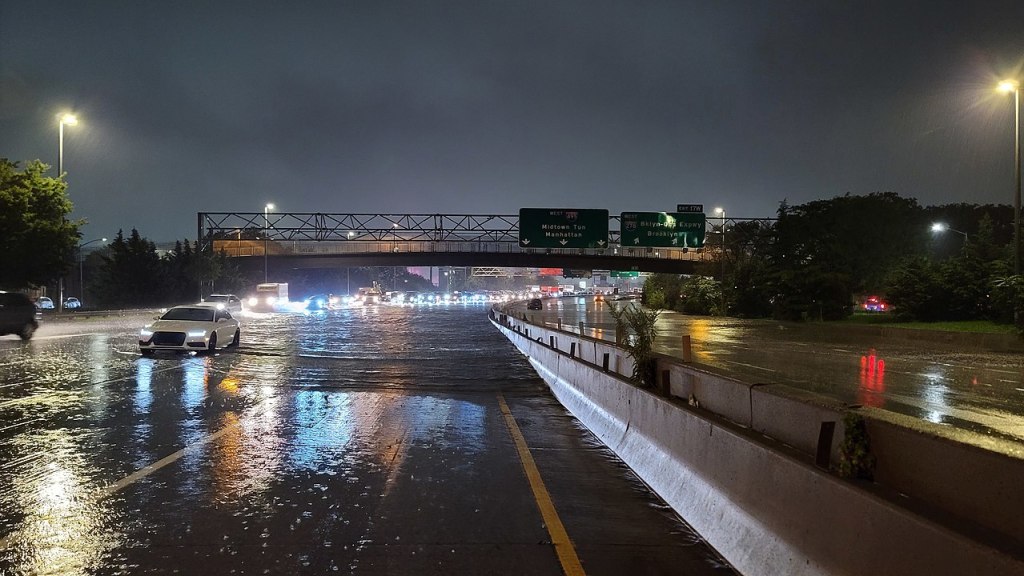
By Anders Lorenzen
Last week a major hurricane hit the southern US, bashing the coast of Louisiana and the city of New Orleans and surrounding states. Its aftermath was also felt across the US east coast, especially in New York City where a heavy deluge of torrential rainfall devastated parts of the city. As a result many parts of the country felt its impacts.
Nine US states were fatally impacted with New Jersey, New York, Louisiana, Pennsylvania, Mississippi, Alabama, Maryland, Connecticut and Virginia all recording fatalities; New Jersey, New York and Louisiana were the worst impacted recording 25, 17 & 12 fatalities so far – though this number could still go up.
Ida ranks as the sixth most costly US hurricane so far; costs have already been calculated at $50 billion US dollars.
The eye of the storm
Hurricane Ida originated from a tropical wave in the Caribbean sea which later became a tropical depression. On its route to landfall in the US, it passed by western Cuba where it intensified into a hurricane, and picked up speed and further intensified into a Category 4 hurricane passing the Gulf of Mexico, knocking down palm trees and destroying many homes in Cuba, even though its passage across the country was brief. It also left more than a million people with no power on its destructive path in Louisiana.
Impacts
As it was clear from the onset that climate change contributed to the severity of Hurricane Ida it ironically became yet another hurricane showing how vulnerable the US fossil fuel industry is to climate change and how the infrastructure in the country struggles to deal with the impacts of climate change.
Ida resulted in the shutting down nearly all Gulf Coast oil production, accounting for about 15% of the US total. Louisiana‘s mainland refineries were also shut down, which account for 12.5% of the nation’s capacity and the Colonial Pipeline was partially shut down as a result of the hurricane. This combination of factors caused prices to rise for oil and gasoline products across the country.
In the aftermath of Ida, hundreds of thousands of people were left without power, with many having to wait days to be reconnected to the grid.
Failing to connect the climate dots
Commentators have since argued that the US’s infrastructure is not able to handle the impacts of climate change.
Many news networks have been criticised for not including reference climate change in their coverage of Ida. An analysis by the watchdog group Media Matters found that six of the biggest commercial TV networks in the US ran 774 stories about Hurricane Ida from 27th to the 30th of August with only 34 of those stories barely mentioning climate change.

Someone that did connect the dots was US president Joe Biden who said: “The past few days of Hurricane Ida and the wildfires in the West and the unprecedented flash floods in New York and New Jersey is yet another reminder that these extreme storms and the climate crisis are here. We need to be much better prepared. We need to act”
Several climate scientists have said without a doubt climate change contributed to the severity of this extreme weather event.
Hurricane Ida is the fourth hurricane and the second major hurricane to strike in the 2021 hurricane season.
Hurricane Ida is the most powerful hurricane to strike the region since Hurricane Katrina hit in 2006, though worth bearing in mind that even though Hurricane Katrina accumulated more than double the costs that Hurricane Ida is expected to it was only a category 3 hurricane with the latter classified as category 4 which indicates that the force of nature which Hurricane Ida brought was more powerful and shows that progress has been made in adapting to hurricanes.
Six out of ten of the costliest hurricanes have all occurred in 2017 and after and only one before the turn of the millennium with Hurricane Andrew in 1992.
Categories: climate change, impacts, science, US, Weather
6 replies »